In process measurement, one of the fundamental response to corrosive measuring medium is use appropriate material resistant to the corrosion for instrument’s wetted-part, sensing diaphragm or its coating, electronic case or other required parts and fittings.
PTFE:
PTFE(Polytetrafluoroethylene) is one kind of soft, lightweight and low-friction engineering plastic who have outstanding chemical corrosion resistance. It is a cost-effective solution for aggressive condition in chemical processing and oil & gas industries. However, it should be aware of that PTFE is not applicable in extreme operating temperature over 260℃, low hardness make it also not suitable to be thread or diaphragm material.
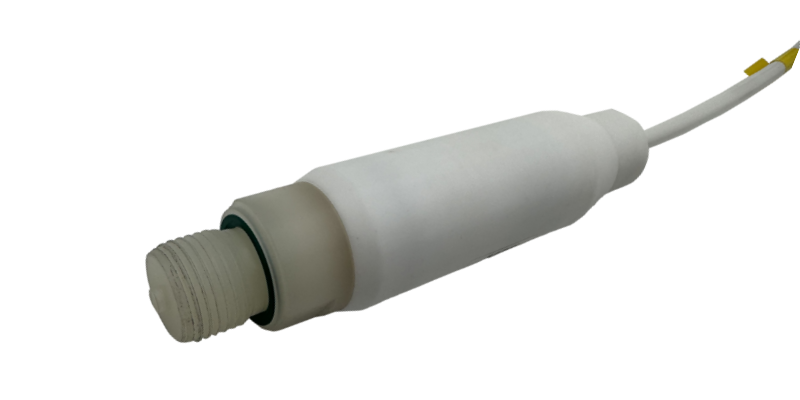
Tantalum:
Tantalum is an exceptionally corrosion-resistant metal capable of withstanding various aggressive chemicals, making it a superb option for sensing diaphragm material for highly corrosive media. Nonetheless, the metal is rather costly and not as commonly utilized as other materials. In a chemical process system managing extremely aggressive acids, a pressure sensor equipped with tantalum sensing diaphragm is perfectly qualified for the position to achieve the highest level of corrosion resistance.
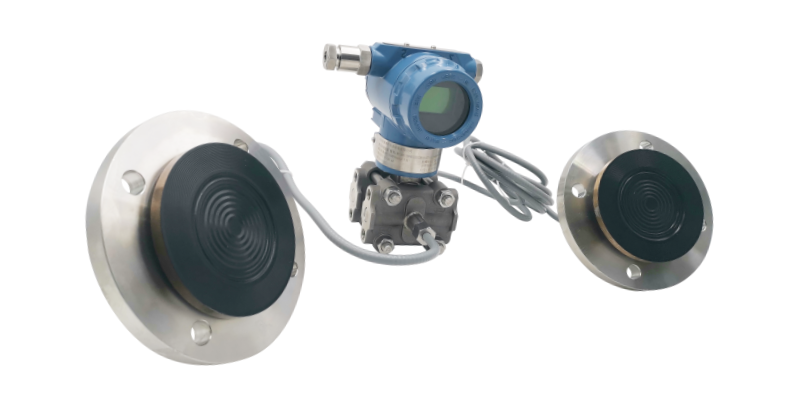
Ceramic:
Ceramic is a decent inorganic non-metallic material exhibiting outstanding resistance to high temperature and corrosion. Piezoresistive/capacitance sensors with zirconia or alumina ceramic membrane are commonly applied in the chemical, pharmaceutical, and food & beverage sectors. It’s also important to note that as nonmetal, ceramic is brittle so that ceramic sensors are not suitable for high impact, thermal shock and pressure application and require extra care while handling.
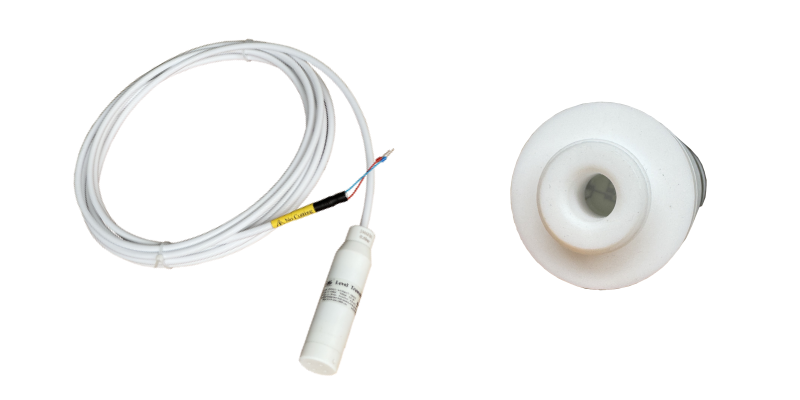
Hastelloy Alloy:
Hastelloy is a series of nickel-based alloys, of which C-276 shows ideal corrosion resistance and is commonly selected as material for instrument diaphragm and other wetted parts against corrosive media. C-276 alloy is used in most industrial settings where aggressive chemical conditions are presented and other material might failed.
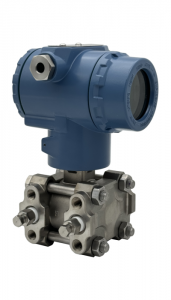
Stainless Steel 316L:
Most common stainless steel type used for the sensing diaphragm is grade 316L. SS316L has moderate corrosion resistance, decent mechanical properties and affordable cost. Stainless steel shell of non-wetted housing can also improve protection in harsh environment. But its resistance to extreme corrosion is limited and decreases with elevated temperature and corrosive medium concentration. In that case consideration should be taken to replace stainless steel on wetted part and diaphragm with other superior materials.
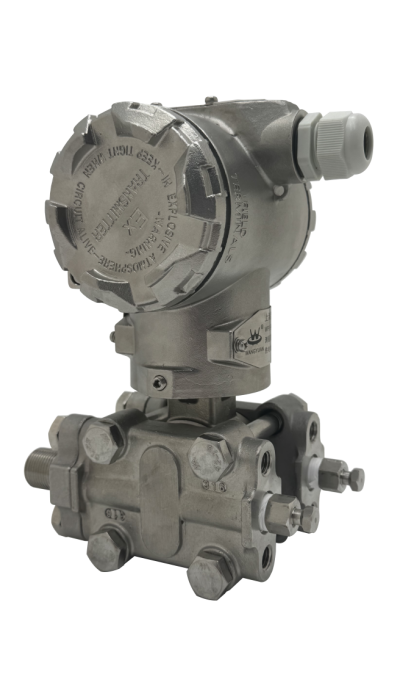
Monel:
One other nickel-based alloy is called monel. The metal is more robust than pure nickel and anti-corrosive in various acids and saltwater. In offshore and marine uses monel series alloy is often a popular choices for diaphragm material. However, the material is much costly and sometimes only advisable when low cost alternatives are not feasible and it’s not suitable in oxidizing conditions.
Shanghai WangYuan is an experienced manufacturer of pressure, level, temperature and flow measuring instruments for over 20 years. Our veteran engineers are capable of presenting optimal solution for challenges of all kinds of corrosive conditions. Please feel free to contact us to figure out detail measures for specific process applications.
Post time: Sep-02-2024



